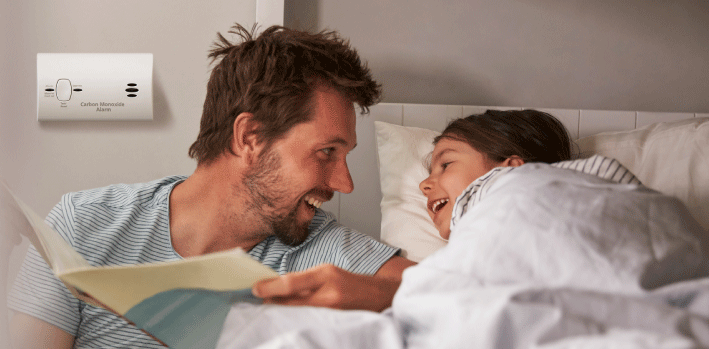According to the CDC, roughly 50,000 people in the U.S. visit the emergency room each year due to accidental carbon monoxide poisoning. To promote the safe use of fuel-burning appliances, we asked the experts in our company’s Home Protection Plus (HPP) group what customers need to know.
- The simplest way to protect yourself is to install carbon monoxide detectors. However, John Kenyon, GRMI manager at HPP, sees many customers with detectors in the wrong location: in their basement near the furnace. Instead, carbon monoxide detectors should be installed in every bedroom and sleeping area in the house.
- Most of us know that carbon monoxide poisoning is a lot like the flu, so it’s important to watch for flu-like symptoms, which could be a sign of danger. But Rob Wasilevich, HPP’s Southeast Michigan manager, says there are visible signs of poor ventilation, too. Those signs include moisture on the windows, black marks or soot near your furnace or water heater, and yellow flames in your gas appliances (they should be blue). Continued pilot light outages in a water heater could be another indicator of poor ventilation.
- These issues can all be identified during annual maintenance, so it’s important to have a professional inspect your flues, vents and chimney. Of course, there are some things you can do yourself, like change your furnace filter. But John says he often sees furnace filters installed backwards.
“Make sure the arrow is pointed toward the furnace, not toward the duct work,” John says.
Appliances to inspect annually include the furnace, boiler, auxiliary heater, space heater, water heater, gas range, dryer, fireplace and cook tops—essentially, anything that burns fuel. Take these preventative steps and you can sleep easy knowing your family is protected against carbon monoxide.
